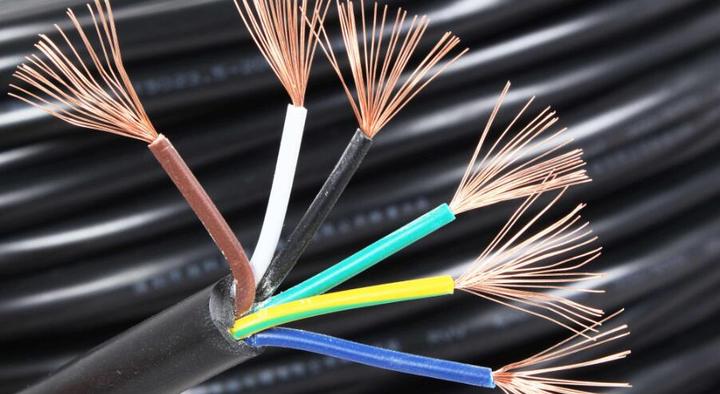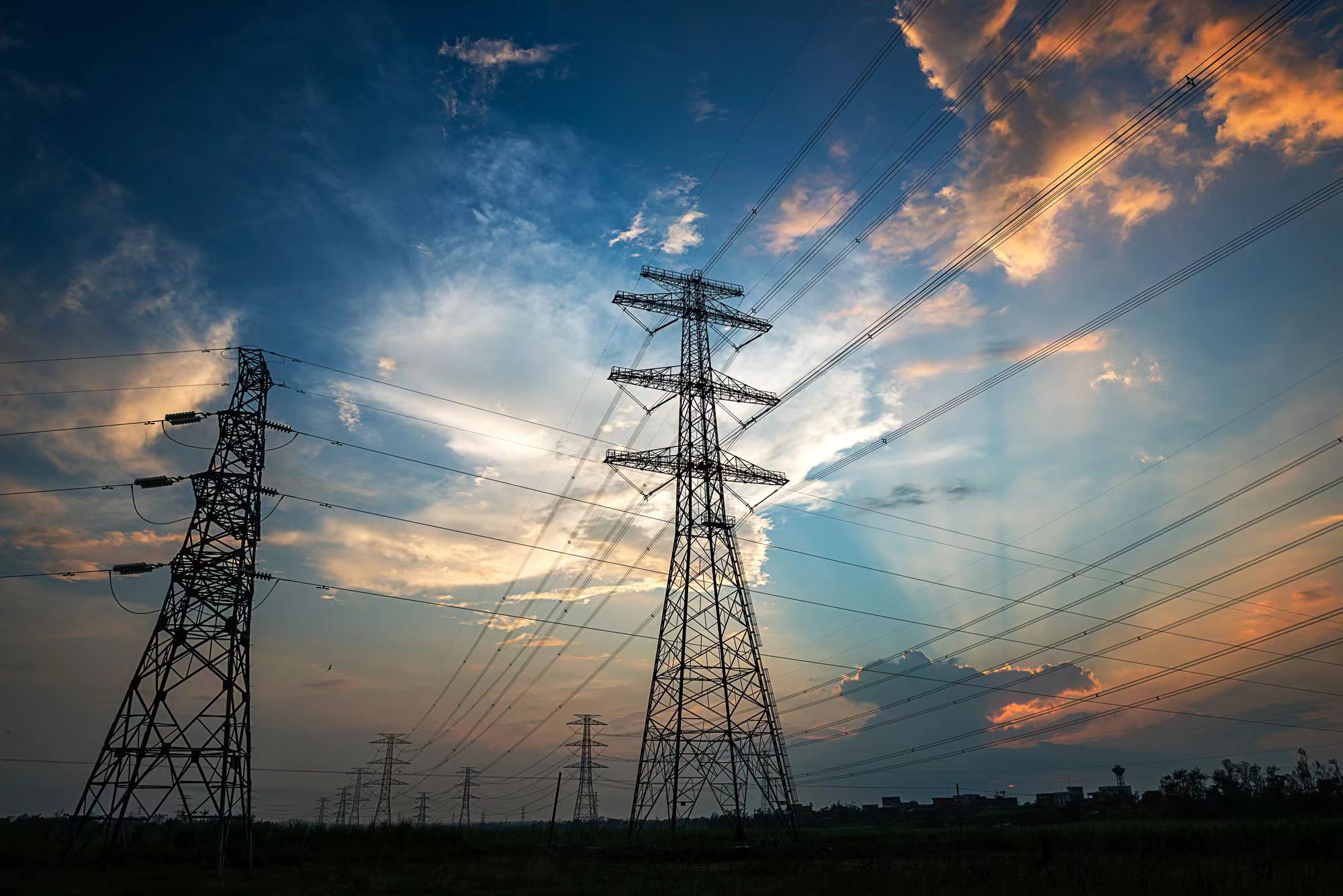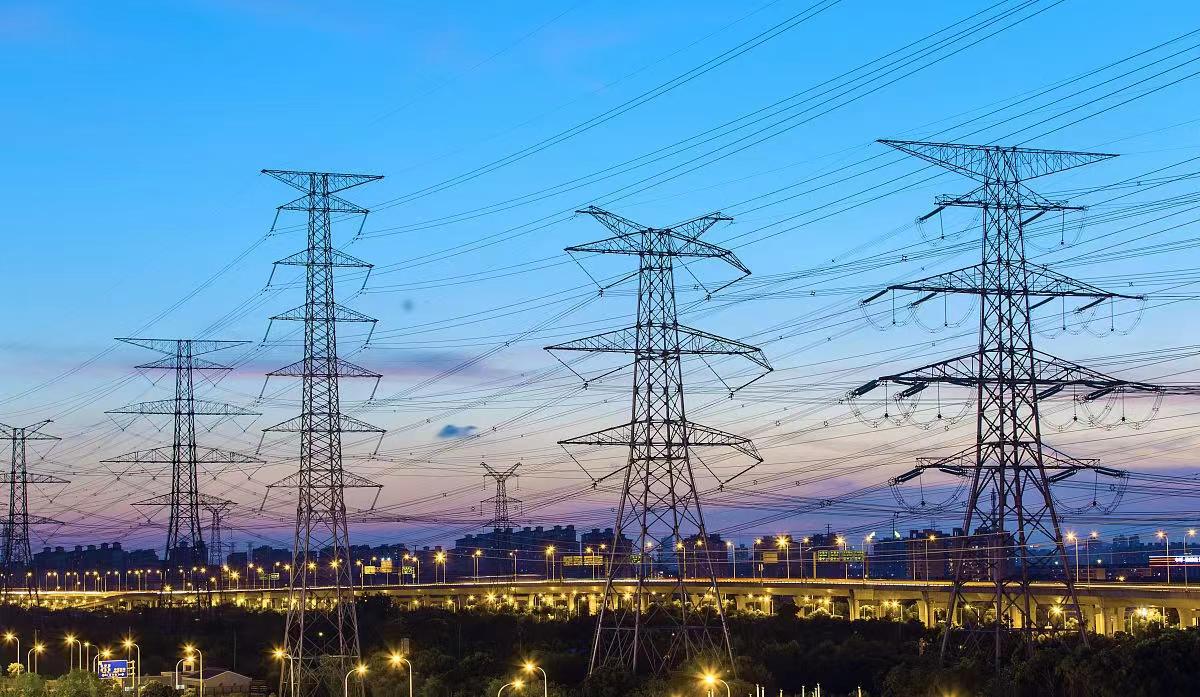What are the types of cable classifications? Classification and representation methods of common cables
 140
140
The Cable Treasure editor has comprehensively organized the classification and naming representation methods of cables, and provided a good answer to which types of cable classification are available. This article first provides an overall introduction to the naming rules and classifications of wires and cables. Then, it focuses on the naming and representation methods of communication cables and power cables commonly involved in engineering design, and provides explanations with specific examples. Finally, it lists and introduces some commonly used communication cables and power cables in design.

What are the classifications of wires and cables
There is actually no strict boundary between wires and cables. Products with fewer cores, smaller product diameters, and simpler structures are usually referred to as wires, those without insulation are referred to as bare wires, and others are referred to as cables; A conductor with a larger cross-sectional area (greater than 6 square millimeters) is called a large wire, a smaller wire (less than or equal to 6 square millimeters) is called a small wire, and an insulated wire is also called a laying wire.
The complete naming of wires and cables is usually complex, so people sometimes use a simple name (usually a category name) combined with model specifications to replace the complete name, such as "low-voltage cable" representing all plastic insulated power cables of 0.6/1kV level. Wire and cable products are mainly divided into the following categories:
(1) Bare wires and bare conductor products
The main characteristics of this type of product are: pure conductor metal, without insulation and sheath layer, such as steel core aluminum stranded wire, copper aluminum busbar, electric locomotive line, etc. The processing technology mainly involves pressure processing, such as melting, rolling, drawing, twisting/compression twisting, etc. The product is mainly used in suburban areas, rural areas, user mainlines, switchgear, etc.
(2) Power cables
The main features of this type of product are: extruding (winding) an insulation layer outside the conductor, such as overhead insulated cables, or twisting several cores (corresponding to the phase, neutral, and ground wires of the power system), such as overhead insulated cables with two or more cores, or adding a protective layer, such as plastic/rubber sheathed wires and cables. The main process technologies include drawing, twisting, insulation extrusion (wrapping), cable forming, armor, protective layer extrusion, etc. The different process combinations of various products have certain differences.
The product is mainly used for the transmission of strong electrical energy in power generation, distribution, transmission, transformation, and supply lines, with high current (tens to thousands of amperes) and high voltage (220V to 500kV and above).
(3) Wire and cable for electrical equipment
The main characteristics of this type of product are: a wide variety of specifications, a wide range of applications, and a wide range of voltages below 1kV. In the face of special occasions, new products are constantly emerging, such as fire-resistant cables, flame-retardant cables, low smoke zero halogen/low smoke low halogen cables, anti termite, anti mouse cables, oil resistant/cold resistant/temperature resistant/wear-resistant cables, medical/agricultural/mining cables
Use cables, thin-walled wires, etc.
(5) Communication cables and optical fibers
With the rapid development of the communication industry in the past two decades, products have also experienced astonishing growth rates. From simple telephone and telegraph cables in the past to thousands of pairs of telephone cables, coaxial cables, optical cables, data cables, and even combination communication cables.
The structural dimensions of such products are usually small and uniform, with high manufacturing accuracy requirements.
(6) Electromagnetic wire (winding wire)
Mainly used for various motors, instruments, etc.
By the way, all six types of cables mentioned above can be purchased or sold in Cable Treasure. Cable Treasure is a high-quality B2B platform in the cable industry, and Cable Treasure (www.dianlanbao) guarantees product quality, money and goods safety, and fair transactions.
Naming principles for wire and cable products
The product names of wires and cables mainly include the following contents:
(1) Product application scenario or size category name
(2) Product structural material or type
(3) Important or additional features of the product
Basically named in the above order, sometimes to emphasize important or additional features, the features are written before or corresponding to the structural description.
The overall principle of product structure description is based on the principle of from inside out: conductor -->insulation -->inner protective layer -->outer protective layer -->armor type.
Naming and representation methods for power and communication cables
Naming and representation methods for power cables
The model composition and sequence of power cables are as follows:
Category - conductor - insulation - inner protective layer - structural features - outer protective layer or derivative - manganese conductor
Items 1-5 and 7 are represented by pinyin letters, while polymer materials are represented by the first letter of the English name, and each item can be 1-2 letters; The sixth item consists of 1-3 digits.
(1) Cable category
ZR (flame retardant), NH (fire-resistant), DDZ (low smoke and low halogen), WDZ (low smoke and zero halogen), K (control cable category), DJ (electronic computer), N (agricultural direct burial), JK (overhead cable category), B (wire laying), TH (for humid and hot areas), FY - (anti termite, enterprise standard), etc.
(2) Cable conductors
T (copper conductor), L (aluminum conductor), G (steel core), R (copper flexible wire).
(3) Cable insulation
V (polyvinyl chloride), YJ (cross-linked polyethylene), Y (polyethylene), X (natural styrene butadiene rubber mixture insulation), G (silicone rubber mixture insulation), YY (ethylene vinyl acetate rubber mixture insulation).
(4) Cable sheath
V (polyvinyl chloride sheath), Y (polyethylene sheath), F (chloroprene rubber mixture sheath).
(5) Cable shielding
P (copper mesh shielding), P1 (copper wire winding), P2 (copper tape shielding), P3 (aluminum-plastic composite tape shielding).
Omitting principle in models: Copper is the main conductor material used in wire and cable products, so the copper core code T is omitted, except for bare wires and bare conductor products. Bare wires and bare conductor products, power cables, and electromagnetic wire products do not indicate major category codes, and electrical equipment wires and cables and communication cables are also not listed, but small category or series codes are listed. The seventh item is a marking for various special usage situations or additional special usage requirements, marked with pinyin letters after "-". Sometimes, in order to highlight this item, it is written to the front. Such as ZR - (flame retardant), NH - (fire-resistant), WDZ - (low smoke halogen-free, enterprise standard).
(6) Armor and outer sheath digital marking
0: None
1: Interlocking armor fiber outer cover
2: Double layer steel strip polyvinyl chloride jacket
3: Thin round steel wire polyethylene jacket
4: Coarse round steel wire
5: Wrinkled (rolled) steel strip
6: Double aluminum (or aluminum alloy) strip
7: Copper wire weaving
Simplification: In the absence of confusion, some structural descriptions are omitted or abbreviated, such as aluminum conductors are not allowed in automotive wires and flexible wires, so conductor materials are not described.
For example, "ZR-YJV22-8.7/15" rated voltage 8.7/15kV flame-retardant copper core cross-linked polyethylene insulated steel tape armored polyvinyl chloride sheathed power cable
"Rated voltage 8.7/15kV" - Usage/voltage level
"Flame retardant" - emphasized features
Copper core - conductor material
Cross linked polyethylene insulation - insulation materials
"Steel strip armor" - Armor layer material and type (double steel strip gap wrapping)
"PVC sheath" - inner and outer sheath materials (both inner and outer sheath materials are the same, please omit the inner sheath material)
"Power Cable" - Product Category Name
Naming and representation method for communication cables
The naming order of communication cables is as follows:
Classification code - Insulation medium material code - Sheath material code - Derived characteristics - Characteristic impedance - Insulation medium core current outer diameter integer value - Shielding layer.
(1) Classification code
S represents coaxial RF, SE represents RF symmetrical cable, and ST represents special RF cable. Therefore, the classification number of coaxial cables is generally S;
(2) Insulation dielectric material
Y represents polyethylene, F represents polytetrafluoroethylene (F46), X represents rubber, W represents stable polyethylene, D represents polyethylene air, and U represents fluoroplastic air;
(3) Sheath material code
V represents polyvinyl chloride, Y represents polyethylene, W represents physical foaming, D represents tin copper, and F represents fluoroplastics;
(4) Derived characteristics
Z represents composite/composite cable (multi-core), P represents multi-core and an additional layer of shielding armor;
(5) Characteristic impedance
50 ohms, 100 ohms, 120 ohms;
(6) The integer value of the outer diameter of the insulating medium core wire
In millimeters, 1, 2, 3, 4, 5
(7) Shielding layer
Generally, there are 1, 2, 3, and 4 shielding layers.
Example: "SYV-75-2-1" Solid polyethylene insulated PVC outer sheath RF coaxial cable S: RF coaxial cable, classification number
Y: Polyethylene insulation, insulation medium material
V: Polychloroethylene outer sheath, outer sheath material
75:75 ohms, characteristic impedance
2: 2mm, integer value of outer diameter of insulating medium core wire
1: Single core (2 for multi-core)
Common power and communication cables
SYV: Solid polyethylene insulated RF coaxial cable, used for transmitting RF signals in wireless communication, broadcasting, monitoring system engineering, and related electronic equipment (including comprehensive coaxial cables). SYWV (Y): Physically foamed polyethylene insulated cable for cable television systems, used as a cable for cable television and broadband networks.
BV: Copper core polyvinyl chloride insulated wire, use: suitable for fixed wiring of electrical instrument equipment and power lighting.
BLV: Aluminum core polyvinyl chloride insulated wire, purpose: suitable for power devices, household appliances, small electric tools, instruments and power, lighting circuits with rated AC voltage of 450V/750V and below.
BVR: Copper core polyvinyl chloride insulated flexible wire, use: suitable for fixed wiring of electrical instrument equipment and power lighting.
RV: Copper core PVC insulated connection flexible wire. Application: This product is suitable for connecting household appliances, small electric tools, instruments, and power lighting devices with rated AC voltage below 450/750V.
RVV: Copper core PVC insulated PVC sheathed connection flexible wire, used for household appliances, small electric tools, instruments, and power lighting.
RVVZ: flame-retardant copper core polyvinyl chloride insulated polyvinyl chloride sheathed connection flexible wire. Application: suitable for internal connection wires in communication room distribution systems such as telecommunications, postal and telecommunications, railways, chemical, fire protection, communication, chemical, etc. It is suitable for both fixed laying and mobile cable use, especially suitable for special environments.
RVS: Copper core polyvinyl chloride insulated twisted connection flexible wire. Application: This product is suitable for connecting household appliances with AC rated voltage below 450/750V, small electric tools, instruments, and power lighting devices.
RVB: Copper core polyvinyl chloride insulated flat connection flexible wire. Application: This product is suitable for connecting household appliances with AC rated voltage below 450/750V, small electric tools, instruments, and power lighting devices.
RVVP: Copper core PVC insulated shielded PVC sheathed flexible cable with a voltage of 300V/300V, 2-24 cores, used for instrument, instrument, intercom, monitoring, and control installation.
BVVB: Copper core PVC insulated PVC sheathed flat cable, used for fixed laying of power, daily electrical appliances, instruments and telecommunications equipment with rated voltage of 300/500V and below.
KVV: PVC insulated control cable, used for signal transmission, control, and measurement in electrical appliances, instruments, and distribution devices.
KVVP: PVC sheathed braided shielded cable. Application: Signal transmission, control, and measurement of electrical appliances, instruments, and distribution devices.
AVVR: Flexible cable for PVC sheath installation, used for internal control of electrical appliances, signal transmission of computer control instruments, electronic equipment, and automation devices.
SBVV HYA: PVC insulated (aluminum foil shielded) PVC sheathed programmable switch cable, used for data communication cables (indoor and outdoor) for connecting telephone communication and radio equipment, as well as for junction box wiring of telephone distribution network.
SFTP: Oil resistant twisted pair shielded data cable, used for equipment data communication with oil resistance and electromagnetic interference resistance requirements.
JVPV, JVPVP, JVVP: Copper core polyvinyl chloride insulated and sheathed copper wire braided electronic computer control cables, used for computer and instrument control cables.






